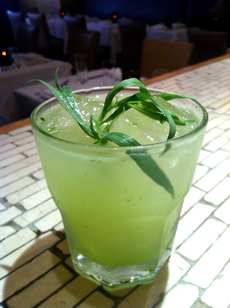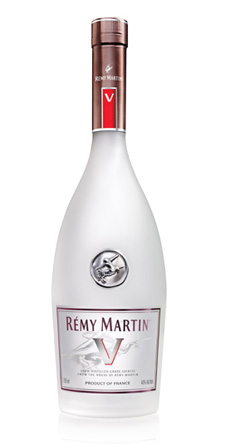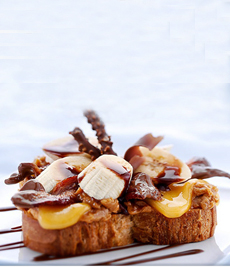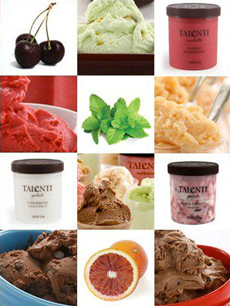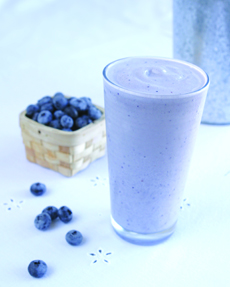|
WHAT’S REMY MARTIN V (PRONOUNCED VEE)?
Produced by the great Cognac maker, Remy V is not a Cognac but an eau de vie. Eau de vie (plural, eaux de vie) is the name given to a spirit distilled from grapes and other fruits that have not yet been aged. At this point, it is a clear liquid, like vodka.
It is through aging in oak barrels for at least 2-1/2 years that eau de vie takes on the complex aromas, color, and flavors of Cognac. Instead, Remy Martin V is finished with a cold filtration process, like vodka.
Hence the name “V,” a reference to eau de vie (also pronounced “vee,” and meaning “water of life”). It’s unaged Cognac.
And now the challenge: Where to find it. Remy Martin V has limited retail distribution in the U.S.
So here‘s our recommendation: Substitute pisco, a clear, distilled grape spirit from Peru that, like Remy Martin V, is produced in the manner of Cognac. Pisco Portón is an excellent brand, with good distribution.
WHAT’S A BAR SPOON?
A bar spoon is a teaspoon on a long handle, typically 11 inches in length. It is used to measure ingredients and to layer drinks (by pouring the different layers of alcohol over the back of the spoon, where they flow gently into the glass).
The long handle lets the bartender dip deep into jars to scoop up olives and cherries. If you don’t have a bar spoon, it’s inexpensive and doesn’t take up much room. Here’s a good bar spoon.
________________
*The restaurants include Coppelia, Toloache 50, Toloache Taqueria and Toloache 82, Yerba Buena Avenue A and Yerba Buena Perry.
†Today Cinco de Mayo is primarily a regional holiday celebrated in the Mexican state of Puebla on May 5th. It is actually a bigger event in the United States than it is in Mexico, thanks to American promotional know-how, a large population of Mexican-Americans and other Americans who like Mexican food, music and a good celebration.
CHECK OUT WHAT’S HAPPENING ON OUR HOME PAGE, THENIBBLE.COM.
|
